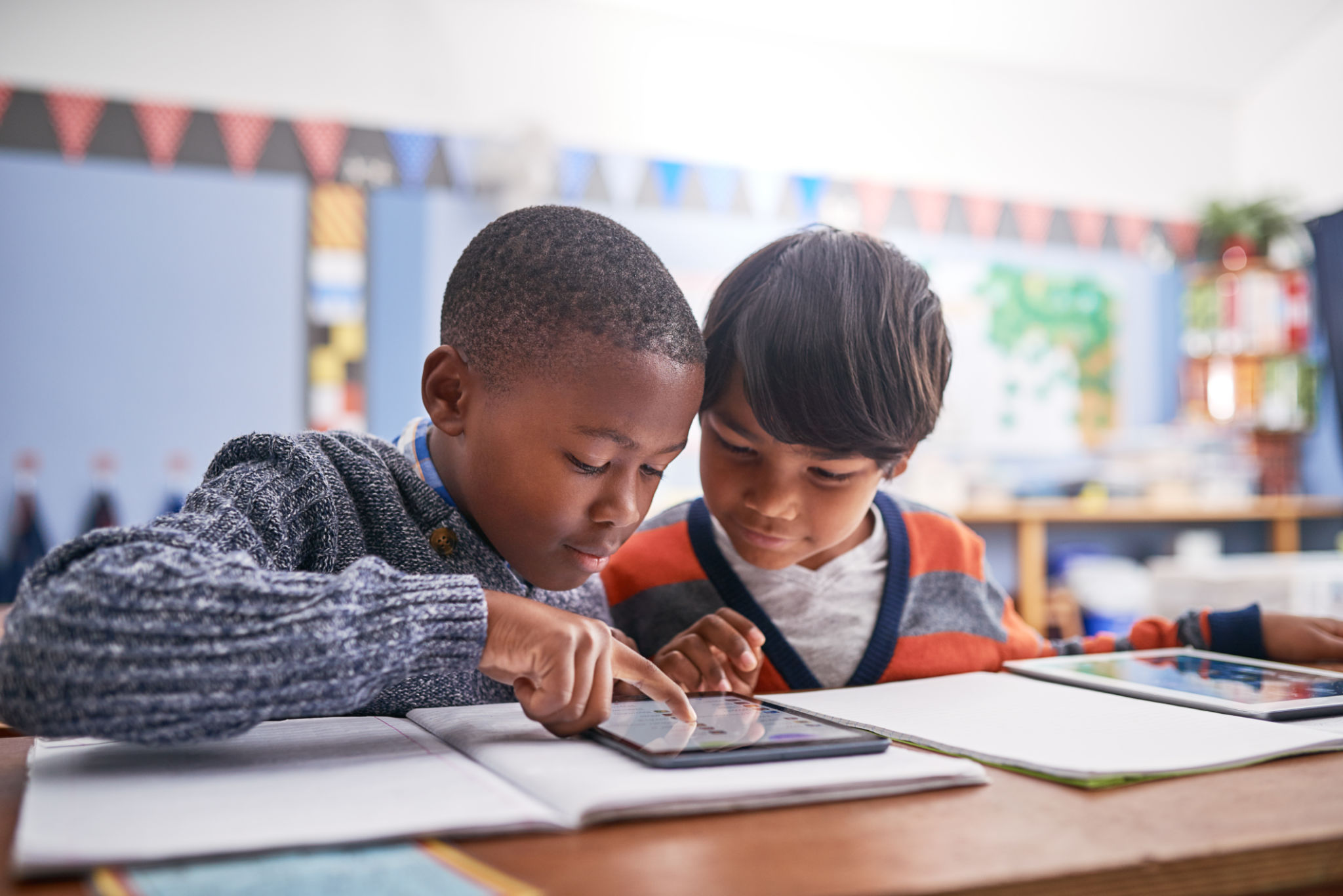Exploring the Impact of EdTech on Traditional Indian Education Systems
The Rise of EdTech in India
India, with its rich heritage of traditional education, has seen a significant transformation in recent years due to the advent of Educational Technology (EdTech). This change has been driven by the increasing accessibility of the internet and smartphones, allowing students from all walks of life to engage with digital learning platforms. The rise of EdTech is reshaping how education is perceived and delivered across the nation.
EdTech platforms offer a variety of learning experiences that are often more interactive and engaging than conventional methods. These platforms provide access to a vast array of resources, including video lectures, interactive quizzes, and forums for discussion, catering to diverse learning styles. As a result, students can learn at their own pace, leading to a more personalized education experience.

Bridging Gaps in Education
One of the most significant impacts of EdTech in India has been its ability to bridge gaps in the education system. In many rural areas, access to quality education has been a persistent issue due to a lack of infrastructure and qualified teachers. EdTech solutions are helping to address these challenges by bringing quality educational content directly to students, regardless of their geographical location.
Furthermore, EdTech platforms are democratizing education by making it more affordable. With subscription-based models and free resources, students from economically disadvantaged backgrounds can now access quality education without the financial burden traditionally associated with it.
Enhancing Traditional Learning Methods
While EdTech is revolutionizing the way students learn, it complements rather than replaces traditional education methods. Schools and colleges are increasingly integrating digital tools into their curricula to enhance classroom learning. For instance, many institutions use smart classrooms equipped with digital whiteboards and projectors to make lessons more interactive.

The collaboration between traditional teaching and EdTech can lead to a more holistic learning experience. Teachers can use digital resources to supplement textbooks, offering students a more comprehensive understanding of subjects through real-world examples and multimedia content.
Challenges and Considerations
Despite its many benefits, the integration of EdTech into Indian education systems is not without challenges. One major hurdle is the digital divide that still exists in some parts of the country. Limited access to high-speed internet and digital devices in rural areas can hinder the effectiveness of EdTech solutions.
Moreover, there is a need for training educators to effectively use technology in teaching. Teachers must be equipped with the necessary skills to integrate digital tools into their teaching methods seamlessly. This calls for investment in professional development programs that focus on digital literacy for educators.

The Future of Education in India
The future of Indian education lies in a harmonious blend of traditional and modern approaches. As technology continues to evolve, the potential for EdTech to further transform education is immense. Innovations such as artificial intelligence and virtual reality could soon become integral parts of educational experiences, offering even more dynamic and immersive learning opportunities.
Ultimately, the success of EdTech in enhancing traditional Indian education systems will depend on continued collaboration between educators, policymakers, and technology providers. By working together, they can ensure that all students have access to quality education that prepares them for a rapidly changing world.